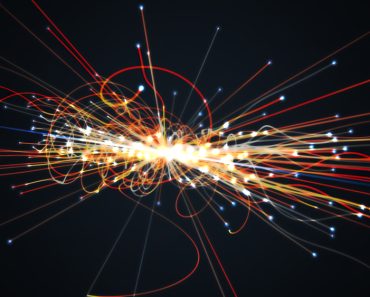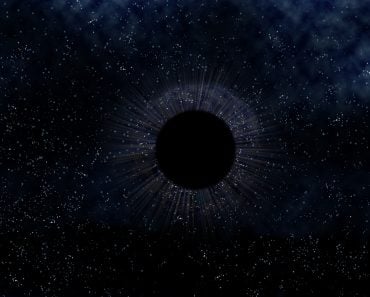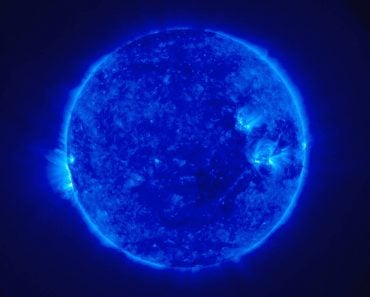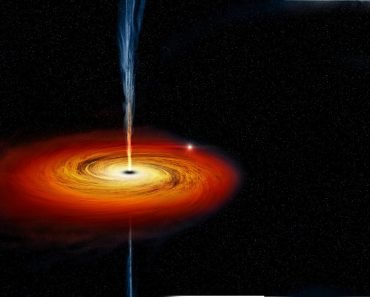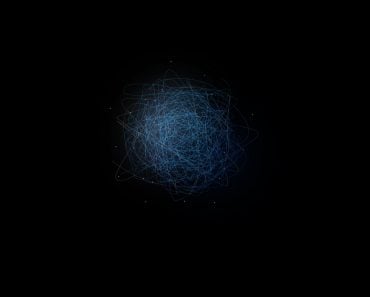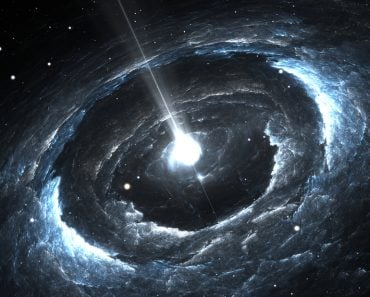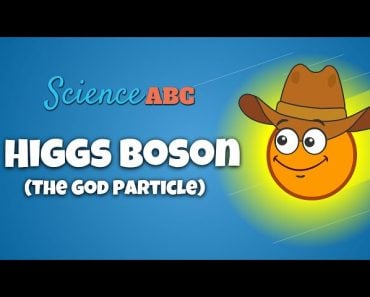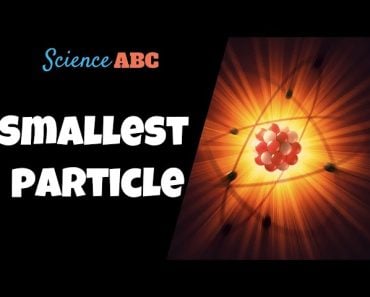Table of Contents (click to expand)
Scientists have built a large detector deep inside the Antarctic ice in search of high-energy neutrinos also called the ‘cosmic ghosts’.
Far from civilization, in the planet’s coldest temperatures, sits a detector searching for one of the most elusive particles in the universe. The detector, known as IceCube, looks like an ordinary lab on the surface.
But what we see in the picture below is just the tip of the gargantuan observatory… the actual detector extends to 2.5 km inside the ice!
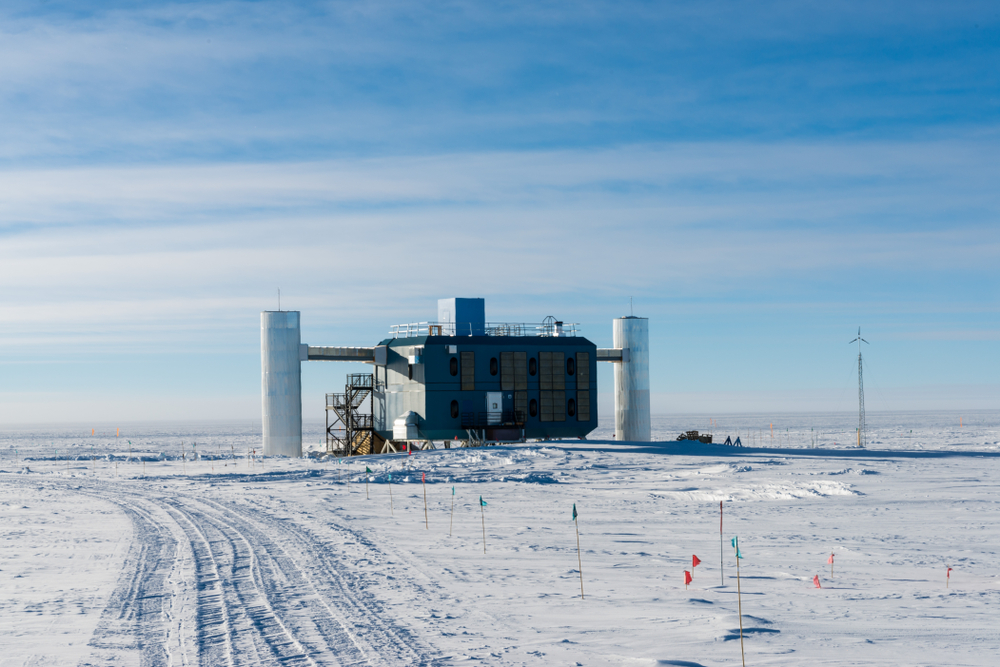
So what strange particle are scientists looking for that can only be found far from civilization and deep in ice? Why, unlike other detectors, is this one located in such an extreme place?
The answer lies in understanding the particle for which the lab is hunting—neutrinos—specifically ultra-high energy neutrinos, lovingly known as cosmic ghosts.
Recommended Video for you:
So, What Are Neutrinos?
To better understand neutrinos, we must first be introduced to their family. When you enter the house of this family of particles, you will find two kinds—one that makes up matter, and the other that facilitates forces, or what we know as interactions. Our neutrino comes under the matter particles category.
However, when being introduced to matter members of the family, you will further notice two bifurcations within them—one that takes part in strong force interactions (i.e., the force keeping a proton intact) called quarks, and the other kind, which does not take part in strong interactions, called leptons.
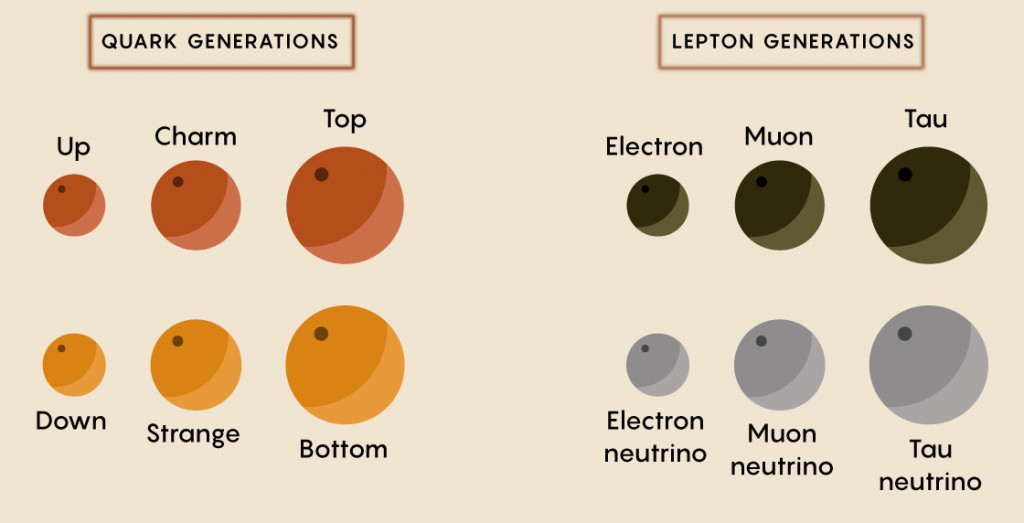
This time, a neutrino comes under leptons, i.e., it does not take part in strong interactions.
This family of particles comes with its own mysterious peculiarity. In their case, it is the love for the number three. There are three generations of particles that are identical in nature, but just progressively heavier.
For instance, the electron family consists of itself (the lightest among the three), muons (heavier than an electron), and tau (the heaviest of the three).
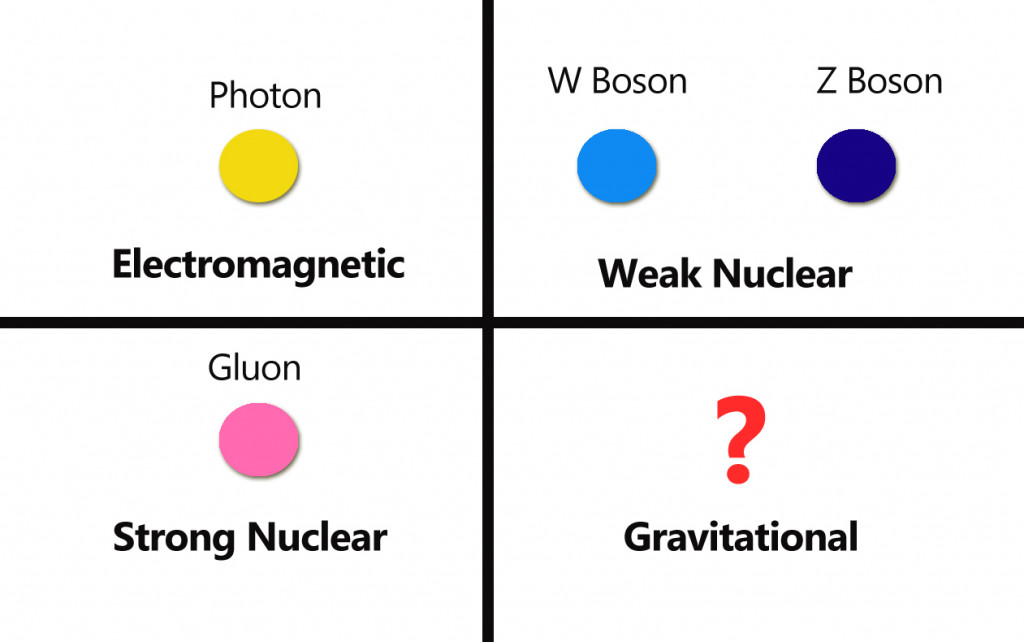
This is followed for every particle, including neutrinos. Now, we have three types of neutrinos: electron neutrino, muon neutrino, and tau neutrino (in ascending order of mass).
Given the Antarctic digs, we can safely suspect that neutrinos must be particularly important particles to receive such special treatment. One of the reasons for this is that they were formed in the very first instant of the universe’s formation. Moreover, they are still present in abundance today. Basically, it is one of the oldest particles that can give us a glimpse of the past.
But what exactly makes it so cryptic to be named the cosmic ghost that must be hunted in the coldest temperatures on Earth?
Why Are Neutrinos Called Cosmic Ghosts?
Part of the reason for this name lies in the origin of this particle. The universe is filled with sources of neutrinos. They come from our Sun as a remnant of the energy formation process, and from other stars too, as well as from the death of these stars, all the way back to the Big Bang.
Moreover, they have varying energies, depending on their source. The most energetic are the ultra-high energy neutrinos (as the name suggests) and are the current hot topic of particle hunting.
However, to put into perspective how abundantly filled the universe is with neutrinos, imagine the amount of energy that stars produce. Since neutrinos are produced through the same reaction, imagine how many neutrinos there are in the cosmos. This is not even counting the greatest source of neutrinos – the Big Bang. To put it simply, it’s like we’re swimming in neutrinos, but here is the other reason for its cryptic name.
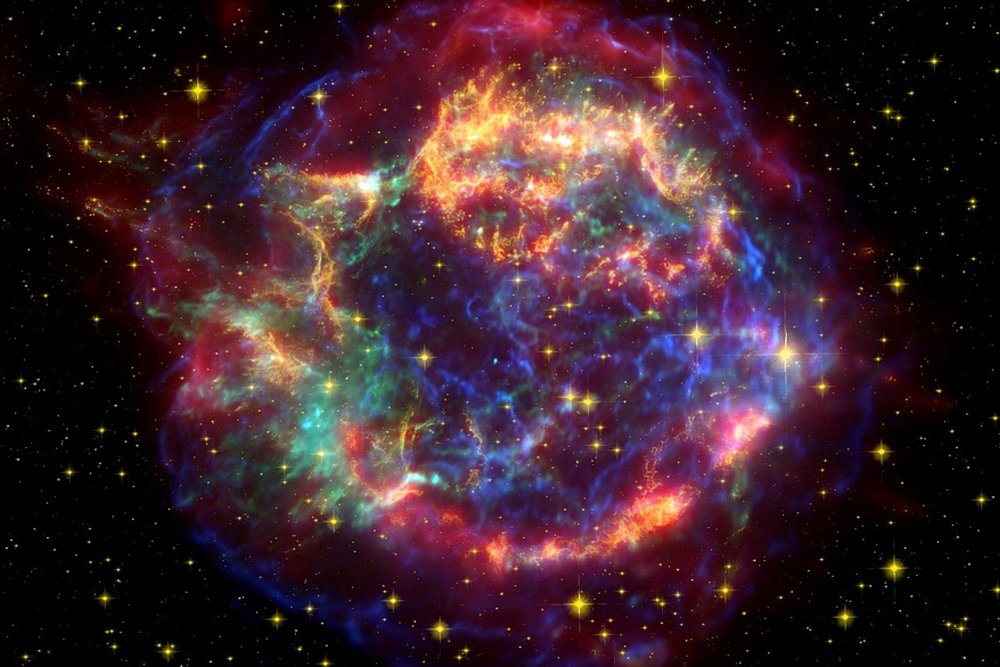
They do not interact with electric or magnetic fields! That means they pass by electrons in an atom and are unaffected by the massive magnetic fields of cosmic objects. In short, there is very little (big or small) that it actually interacts with! So, of the millions of neutrinos bombarding Earth, only a handful of them actually interact, while the rest of them are passing right through our planet like… ghosts. Thus, combining the clues, we have “cosmic ghosts”.
These cosmic ghosts are important not only for their abundance, but also because they hint at the processes happening inside cosmic bodies based on the different energies they have. However, the most important reason is that these particles are transcending and reaching us from parts of the universe that we aren’t even capable of seeing! Continuing with their cryptic theme, they are literally messengers from the other side of the universe that is invisible to us…
How Does IceCube Catch Them?
In true ghost fashion, a cosmic ghost cannot be detected directly. Most of the time, they pass through matter without a second thought, since they don’t interact with most of those particles. But when they do, inside a medium such as ice, we notice Cherenkov light as an indicator of their presence and interaction.
This light is seen when particles (the products of interaction with neutrinos) travel faster than the speed of light. Strange, right? This only happens in mediums where the speed of light is reduced somewhat, such that the speed of other energetic particles exceeds it. This strange light is what is detected and studied to better understand these particles.
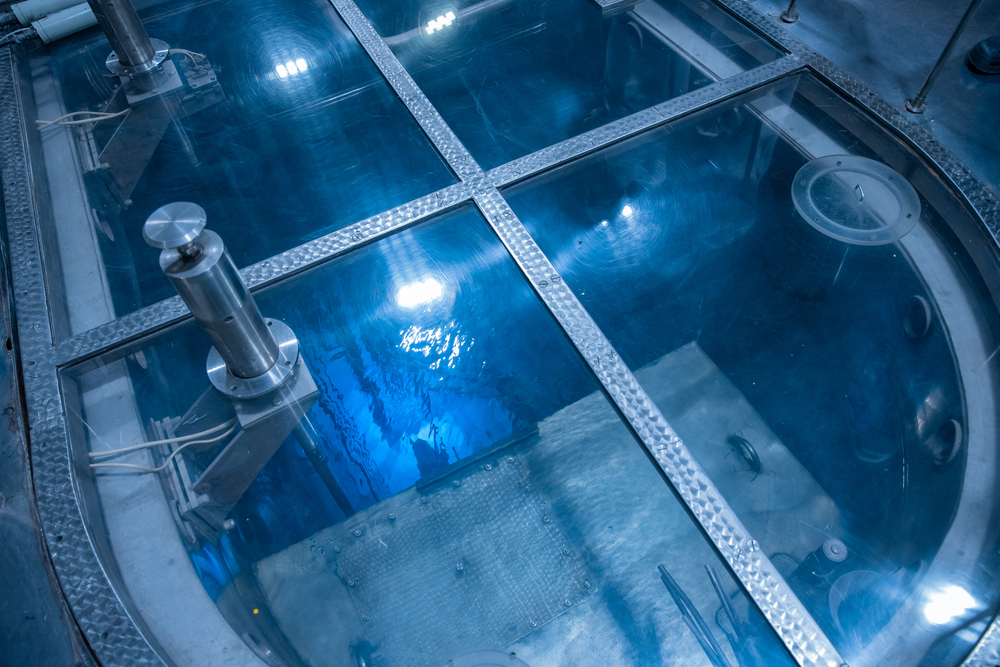
But was building an underground detection station really necessary? Couldn’t they have done it in another medium, such as water? Well, yes! Actually, there are detectors in deep-sea stations, as well as humongous tanks filled with ultra-pure water buried deep under the ground, but the location in Antarctica provides an environment that is free of any type of signals that may dampen or distract the fragile detection system.
The availability of ice, an extremely good medium for detection, is the cherry on top that makes this the best place on Earth to catch these cosmic ghosts. Going by the success of this observatory, it seems that the strategy is working great.
There are many more particles in the family that, like neutrinos, are strange and mind-boggling for mere mortals. Each of these particles has its own story that gives us a glimpse into what makes our universe the way it is today. There are also some particles that we haven’t observed yet, but are certain of their existence! Needless to say, there is never a boring day in the world of particle physics!

